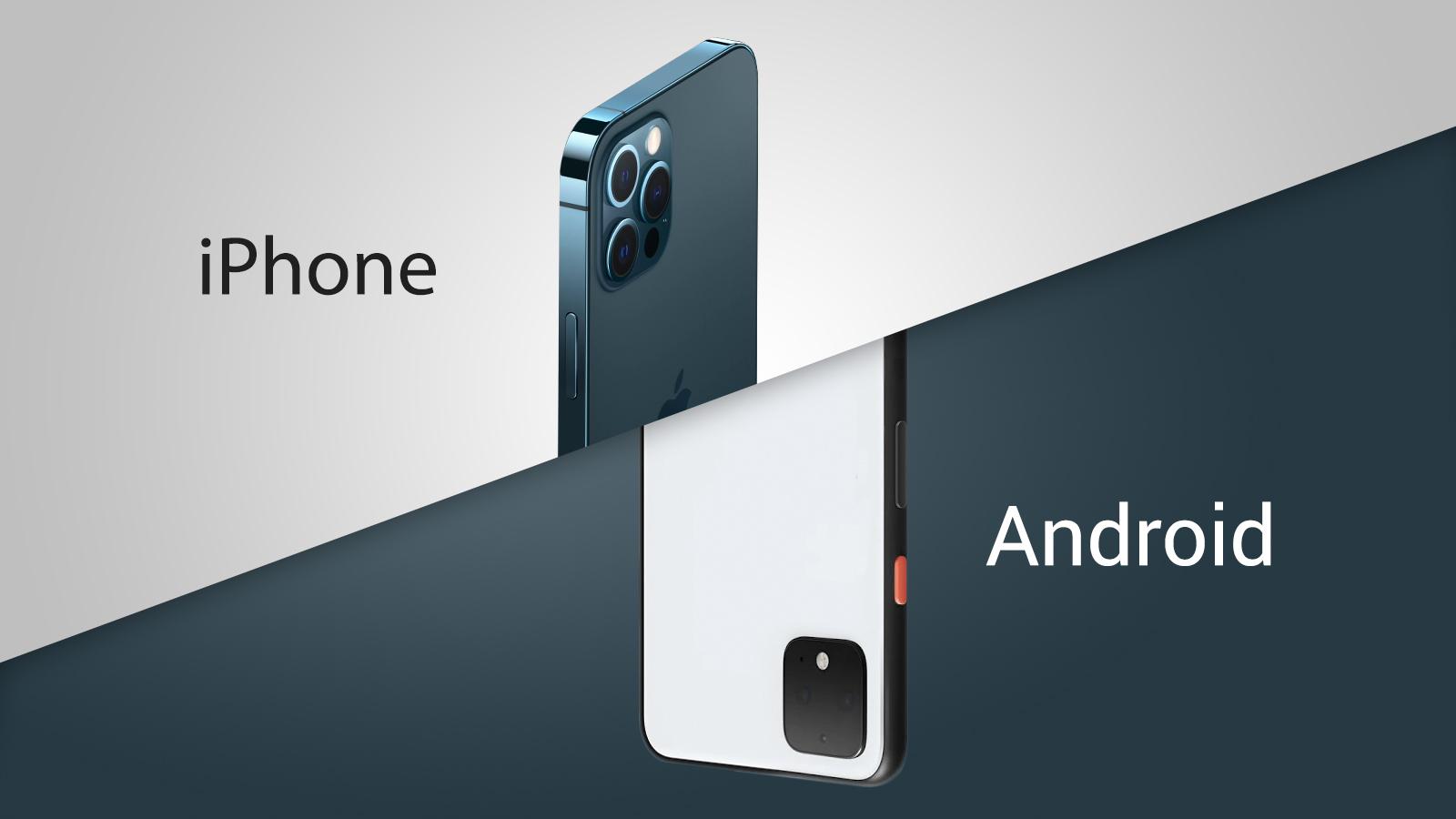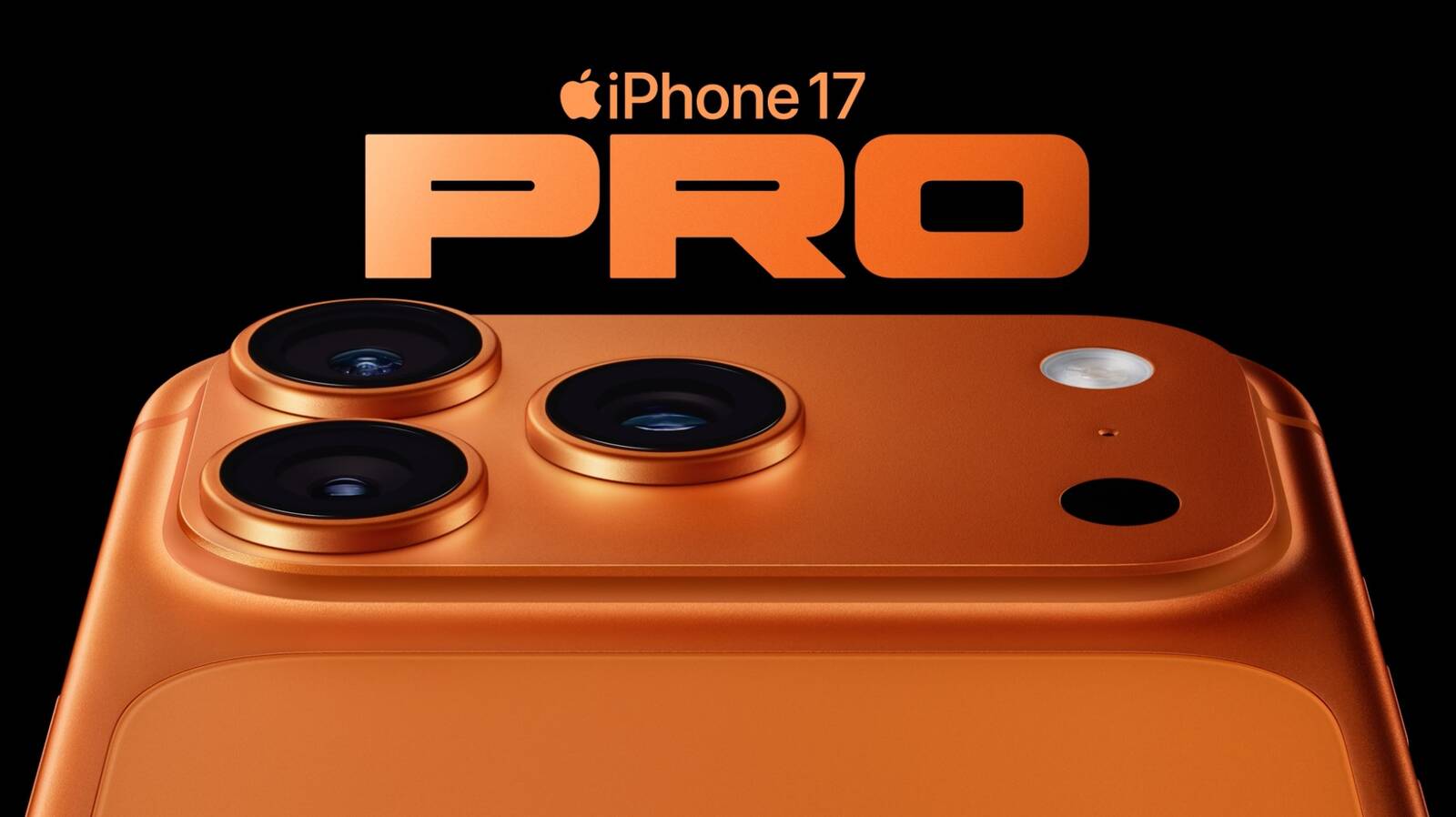
In 2007, Apple launched the original iPhone, kickstarting the modern smartphone era which is now dominated by iPhone and Android devices. We've had 19 generations of iPhones so far, with the latest models, the iPhone 17, iPhone 17 Pro, iPhone 17 Pro Max, and iPhone Air, introduced in September 2025. Apple follows an annual update cycle, introducing new flagship models while discounting prior-year models and selling them at more affordable price points.

iPhone vs Android
Over the years, Android and iPhone smartphones have evolved to the point where feature-wise, they're similar in function and capability. Android smartphones are made by multiple manufacturers, but the core operating system is provided by Google, which leads to a wider variety of phones and price points to choose from, but weaker integration between software and hardware.

Apple's control of both the iPhone and the operating system (iOS) provides a more consistent experience along with ongoing support. With iOS 26, Apple supports all iPhones that were introduced in the last four years, so the majority of active iPhone owners can and do upgrade to the newest version of iOS that Apple rolls out each year.
Android updates are often more inconsistent and often don't make it to all Android-based smartphones because each manufacturer has to implement support on an individual basis. Google also does yearly Android updates, but the reality is that a lot of older Android smartphones don't get the new software.
With Apple's control and curation of the iPhone experience, the iPhone is largely considered to be the more secure platform, and Apple has made it a point to focus heavily on privacy. Apple's iOS is less customizable than Android, so for individuals who prefer flexibility and customization options, the Android operating system may be worth looking at.
How Do iPhone Updates Work?
Here are the basics you should know about how Apple updates the iPhone and the iOS operating system.
Each fall, typically in September, Apple releases a new series of flagship smartphones. These often come at high prices and feature the latest technologies, with Apple offering high-end models and still high-end but more affordable models. Prior-year iPhones often stick around with lower price points as cheaper alternatives to the latest and greatest technology, and occasionally, Apple launches a lower-cost iPhone outside of the normal fall timeline.
At the current time, Apple's iPhone lineup includes the iPhone 16e (2025), iPhone 16 (2024), iPhone 16 Plus (2024), iPhone 17 (2025), iPhone 17 Pro (2025), iPhone 17 Pro Max (2025), and iPhone Air (2025).
Apple also debuts an updated version of iOS at the same time that new iPhones launch, but new versions of iOS are pre-introduced every year at Apple's annual Worldwide Developers Conference to give developers time to incorporate new features and technologies into their apps ahead of when the software becomes available to the public. The current iPhones run iOS 26.
In this guide, we go over all of the iPhones that are in the current Apple lineup, offer up some buying suggestions, and provide tips and resources for both new and existing iPhone owners.
iPhone 17 Pro and iPhone 17 Pro Max ($1,099+)

The iPhone 17 Pro and iPhone 17 Pro Max are Apple's current high-end flagship devices with all of the top-of-the-line features and the most bells and whistles. The Pro models are for those who want to get the most out of their iPhones with the latest feature set.
Pricing on the iPhone 17 Pro starts at $1,099, while pricing on the iPhone 17 Pro Max starts at $1,199. The two iPhones are nearly identical when it comes to feature set, and it's only display size and battery capacity that set the two devices apart.
The iPhone 17 Pro Max has a larger 6.9-inch display, while the iPhone 17 Pro has a 6.3-inch display. Apple transitioned from titanium to aluminum this year, because it's a material with better thermal conductivity. Both iPhone 17 Pro models have a unibody aluminum frame, Ceramic Shield 2 front glass that's more durable than before, and a Ceramic Shield cutout at the back for MagSafe charging. Colors this year include Cosmic Orange, Deep Blue, and Silver.
The iPhone 17 Pro and Pro Max feature edge-to-edge OLED displays with slim bezels. A pill-shaped Dynamic Island continues to house the front-facing camera and hardware used for Face ID authentication, and it is integrated into the iPhone so it can show notifications and Live Activities. There is a customizable Action button on the left side, and a Camera Control for activating the Camera app on the right.
Apple introduced a new A19 Pro chip in the iPhone 17 Pro and Pro Max with a 6-core CPU, a 6-core GPU with neural accelerators, a 16-core Neural Engine, and 12GB RAM. It is faster and more efficient than the A18 Pro in the prior-generation models, plus the iPhone 17 Pro models are less likely to overheat and cause processor throttling because of a new vapor chamber cooling system.
Apple redesigned the camera bump, and it's now a camera "plateau" that takes up most of the top rear of the iPhone. It houses some iPhone components, providing Apple with more space for a larger battery. There continues to be a three-lens camera setup with a 48-megapixel Fusion camera, a 48-megapixel Ultra Wide camera that also supports Macro shots, and a new 48-megapixel Telephoto lens with 4× and 8× optical zoom options. There are also pro photo and video features like ProRes RAW recording, Log 2 recording, and genlock support.
Crash Detection is able to determine if you've been in a serious car accident, alerting emergency services, and there's also an Emergency SOS via satellite feature for getting help if you're out of range of Wi-Fi and cellular. Satellite connectivity can be used to send text messages and update your location, too. Apple designed a new N1 networking chip for the iPhone 17 Pro models, and it supports Wi-Fi 7 and Bluetooth 6.
Both iPhone 17 Pro models offer significant improvements to battery life, lasting up to six hours longer than prior-generation models. They are equipped with a USB-C port and support up to 25W MagSafe and Qi 2.2 charging.
Other features include IP68 water resistance, ProMotion 120Hz refresh rate for the display, faster 5G, better scratch and drop resistance, an upgraded 18-megapixel front-facing camera, and faster USB-C charging with USB 3 transfer speeds.
Key Features:... Click here to read rest of article
Article Link: iPhone: 2025/2026 Buyer's Guide
- Article Link
- https://www.macrumors.com/guide/iphone/
Last edited:

